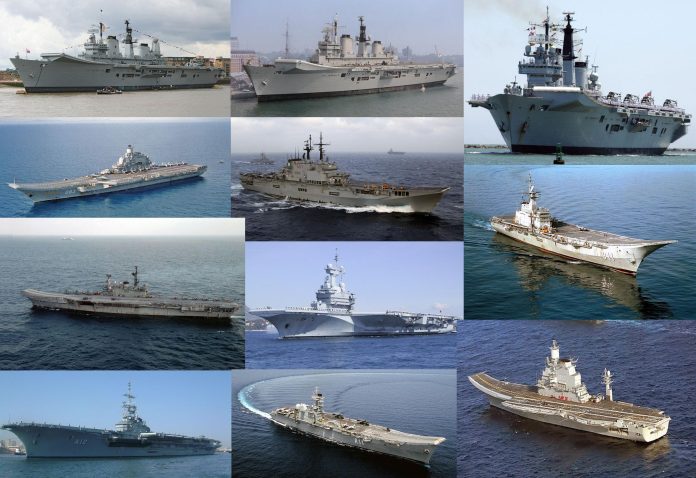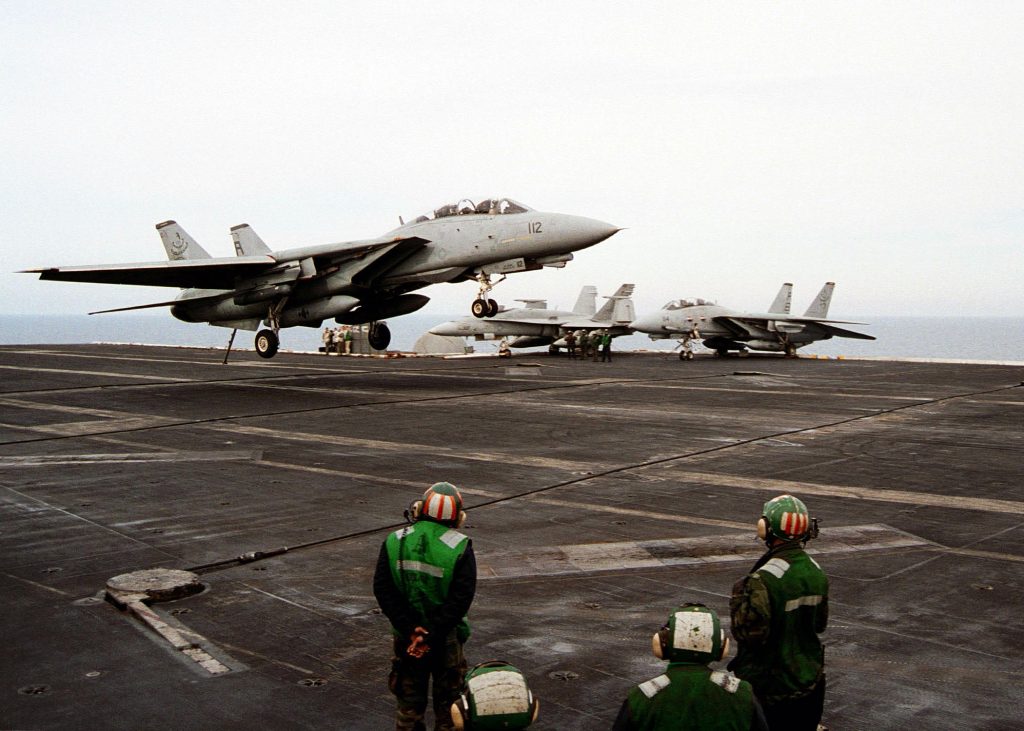
“The technologically most sophisticated warships ever constructed can also turn out to be the most disappointing.” Such has been the quandary for naval strategists and engineers over the last century, as aircraft carriers such emblems of national power too frequently fail to live up to expectation. The behemoths are admired for their strength, but so too has naval aviation proven a history of grand experiment, expensive mistake, and hard-learned lesson.
From precipitous conversions and doomed hybrids to logistical disasters and technological hiccups, the world’s worst aircraft carriers’ history educates us as much on the development of naval warfare as do the successes. Here, the failures are not cautionary stories but blueprints for the doctrines and innovations that will frame naval power in the next decades.
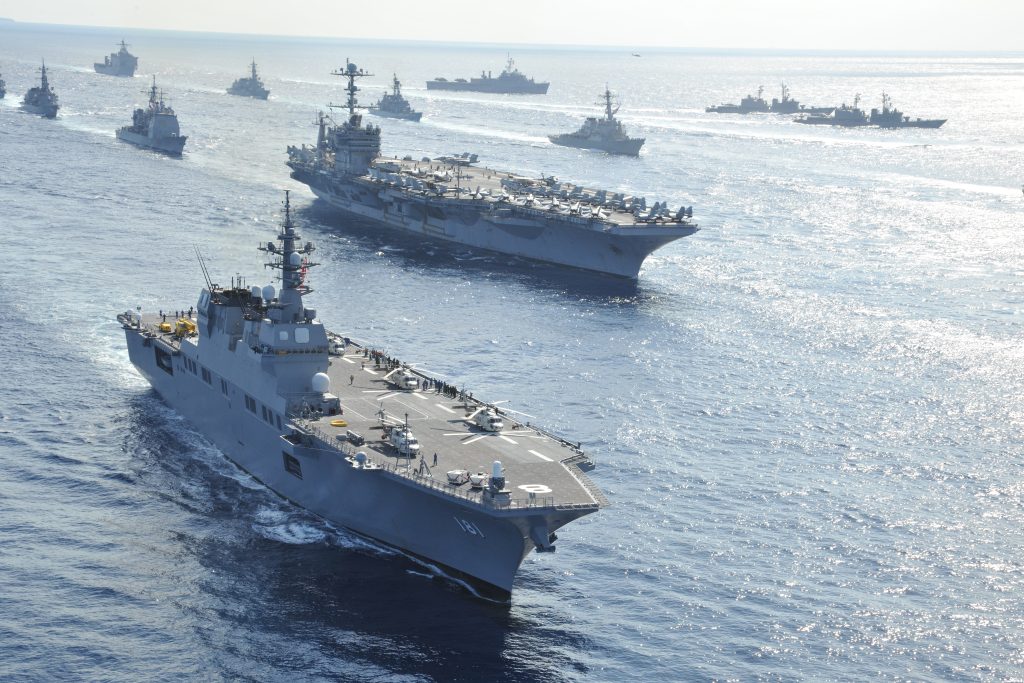
1. The Battleship-Carrier Hybrids: Hyuga and Ise’s Dual-Role Dilemma
One of the outcomes of the Midway battle, Japan’s last-minute attempt to replace lost carriers, was two Ise-class battleships being converted into hybrid battle carriers. The fruits of this conversion, Hyuga and Ise, were ineffective as battleships or effective aircraft carriers. Their abbreviated flight decks could carry a small air wing never approaching intended strength and their remaining armament was useless for conventional surface action. By 1943, when Japan’s naval aviation was beset by debilitating pilot, plane, and fuel shortages, these hybrids were relegated to specialized roles, their fighting utility disappearing as the war went on. Both ships ended up being torpedoed and eventually scrapped, better used in reconstructing Japan in their raw material form than as fighting ships. Hyuga and Ise’s tale evokes the dangers of design compromise and the limitations of improvisation in the heat of war.
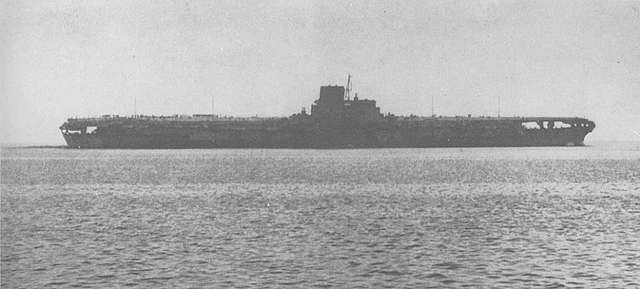
2. Shinano: The Biggest Carrier Never to Engage Combat
The tale of Shinano is a cautionary story about compromise and indecision. She was first designed as the third Yamato-class battleship, but hastily converted into an aircraft carrier after Midway. A confused design resulted from competing visions for her function fleet support or combat operations. Shinano was designed to transport additional carriers’ spares and fuel, but also took aboard a small number of fighters to defend herself. This two-role strategy placed her and made her helpless. Shinano was torpedoed by the USS Archerfish early on her first voyage, never having operated a single aircraft in combat. Her death serves to remind us of the risks of rush conversions and ambiguous operation targets in carrier construction.

3. Admiral Kuznetsov: A History of Unreliability and Dashed Hopes
Russia’s Admiral Kuznetsov, the sole authentic aircraft carrier ever built by the Soviet Union, is infamous for a record of routine mechanical failures and dubious operational history. Since being commissioned in 1990, Kuznetsov has spent more time in drydock or port than at sea, ridden by unreliable propulsion, outdated electronics, and sporadic accidents most famously a massive fire and flooding of her drydock during an overhaul. Budgetary restrictions and changing strategic priorities have placed the carrier in an permanent state of refurbishment, without any defined destiny. Kuznetsov’s checkered past serves to remind us of the enormous financial and logistical cost of operating an advanced fleet of carriers, particularly to those with little carrier operating experience. With Russia continuing to heavily invest in submarine programs, the Kuznetsov serves as a stark reminder of the flight operation and engineering difficulties of carrier flight.
4. Catapult and Arresting Gear: Engineering Marvels and How They Evolved
The catapult and arresting gear technology has been the focal point of aircraft carrier evolution. The original systems, compressed air and hydro-pneumatic catapults, were shortly to be overtaken by demands for heavier, speed-conscious aircraft. This was achieved with the introduction of the steam catapult, originally conceived by the British and later followed by the US Navy. This innovation allowed carriers to put jets on board at record speed and safety, revolutionizing flight deck procedures. At the same time, arresting gear improved from what were essentially wires to hydraulic and water spray systems that took in the massive energy of landing planes. The engineering problems like stopping a three-ton moving load in five feet were overcome by sheer engineering, allowing safe and efficient operation of increasingly larger and more powerful air wings.

5. The Logistical Challenge: Supporting Carriers in Distant Theaters
Aircraft carriers are cities floating on the water, and their value depends upon an enormous and intricate logistical system. Deployment to distant areas requires continuous resupply of aircraft fuel, ammunition, subsistence, and spare parts a process made difficult by distance, hostile terrain, and threat of enemy interdiction. Shipboard maintenance and replenishment are as vital to readiness as indicated in recent studies, since supply ships and helicopters move precious cargo on underway replenishment. US Navy’s financial investment in Fleet Solid Support ships and forward logistics facilities is proof of the worth of possessing carrier operations distant from home ports in a strategic situation. The logistics problem is compounded by requirements for medical support facilities, waste disposal, and those communications necessary to be conducted in real time, all these being conducted in synchronism with each other to enable high-temporal operations.
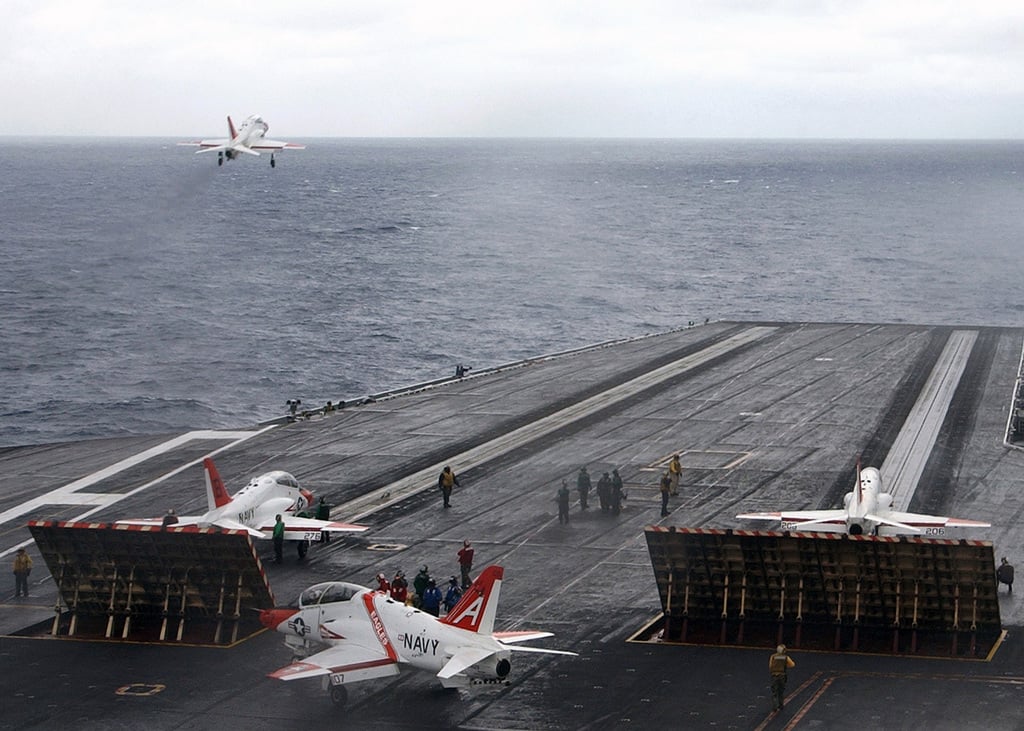
6. Training and Maintenance: The Backbone of Carrier Effectiveness
Regardless of how advanced the design of a carrier is, its effectiveness rests upon the competence and readiness of its crew. US Naval Air Stations like Oceana and Lemoore have intensive pilot and support crew training to provide aircrews with the intensity of carrier operations’ demanding environment. Maintenance at these stations maintains aircraft in battle condition and enables instant technological strides. This training and support network is critical to the integration of the air and surface capability, the facilitation of interoperability, and the sustenance of the high standard of operations required of contemporary carrier strike groups. As the shape of naval aviation itself continues to change, the continued necessity for NAS in order to maintain readiness and technological superiority cannot be overstated.
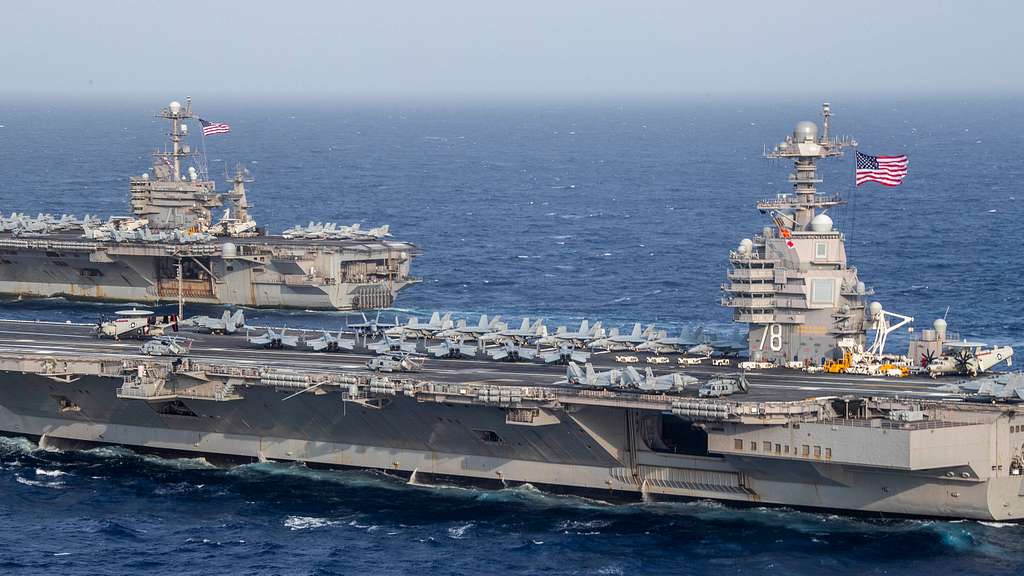
7. Adaptability: The Hallmark of Successful Carrier Design
Practice has shown that the most efficient aircraft carriers are those which are built with flexibility as the first concern. As Captain Brent Sadler (Ret.) observed at the 2024 Paris naval conference, “Adaptability is a common feature of successful warship designs in naval warfare.” The US Navy Ford-class supercarriers incorporate redundant power generation and flexible spaces for future technologies like electromagnetic launch systems and unmanned platforms, for instance. This philosophy of design guarantees carriers will remain responsive to advances in aircraft, weapons, and sensor networks and be worthwhile even after decades of operation. The misfortunes of rigid or bartered designs, such as Shinano and Hyuga/Ise hybrids, confirm the long-term worth in flexibility in design.

8. The Carrier’s Future: Integration, Technology, and the Lessons of Failure
As the strategic environment continues to change and new threats arise, the future of the aircraft carrier will be how emerging technologies artificial intelligence, big data, and unmanned systems are incorporated into the ship and its air wing. Mosaic Warfare concepts see carriers as mobile nodes in a global web of sensors and shooters, controlling operations from the land, sea, and space. The lesson of previous failure be it in hasty conversions, poor logistics, or technological stasis is informing the next generation of carrier, and that is along the lines of resilience, adaptability, and operational synergy. Its value in this new age will not be quantified by its magnitude, and definitely not by its firepower, but by its capacity to remain flexible and endure uncertainty.

The backstories of catastrophes such as Hyuga, Shinano, and Admiral Kuznetsov are not just histories of failure successes in the constant art of naval engineering. Each error has been a lesson in the relentless pursuit of better design, more astute logistics, and greater adaptability. Military historians and engineering enthusiasts alike relish these tales as a window into the intricate choreography of technology, doctrine, and human ingenuity that characterizes the aircraft carrier’s lasting legacy.
